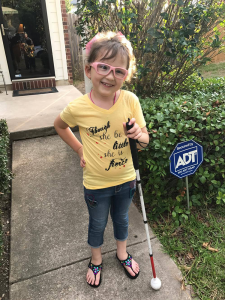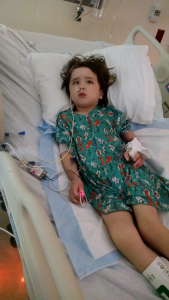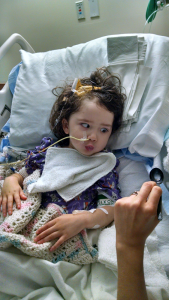Braille is a tactile writing system (raised dots that can be read with the fingers) used by people who are blind or visually impaired. The history of braille goes all the way back to the early 1800s, when Charles Barbier developed a system known as “night writing” so Napoleon’s army soldiers could communicate safely at night without lamps revealing their locations. Barbier’s letters had raised 12-dot cells, but the human fingertip could not feel all the dots with one touch. Louis Braille, who was blinded by a childhood accident, was only 11 years old when he modified Barbier’s “night writing” code to a 6-dot cell so that blind people could read faster and more efficiently. He spent the next decades refining the system that was named after him and gradually accepted throughout the world.
By using the braille alphabet, people who are blind can review and study the written word. They can also become aware of different written conventions such as spelling, punctuation, paragraphing, and footnotes, as well as math calculations and formulas. Most of all, braille gives blind individuals access to a wide range of reading materials including recreational and educational reading, financial statements, and restaurant menus. Equally important are contracts, regulations, insurance policies, directories, and cookbooks that are all part of daily life. Through braille, people who are blind can also pursue hobbies and cultural enrichment with materials such as music scores, hymnals, playing cards, and board games. Kiara has braille UNO cards so the whole family can play together.
Why is there braille on drive-up ATMs and random signs? I used to laugh, too, until I recognized Kiara’s vulnerability as a blind female. Not only do I worry about her physical safety, but emotional, too. How would you feel if you weren’t sure if you were walking into the men’s room or the women’s room? Wouldn’t you appreciate a sign to confirm you were in the right place and save yourself from humiliation (or touching too many nasty surfaces)? Imagine having an Uber driver take you to an ATM machine – would you give him your PIN number and ask him to get cash for you? Heck no! With braille Kiara has financial security by having the independence to use an ATM on her own.


